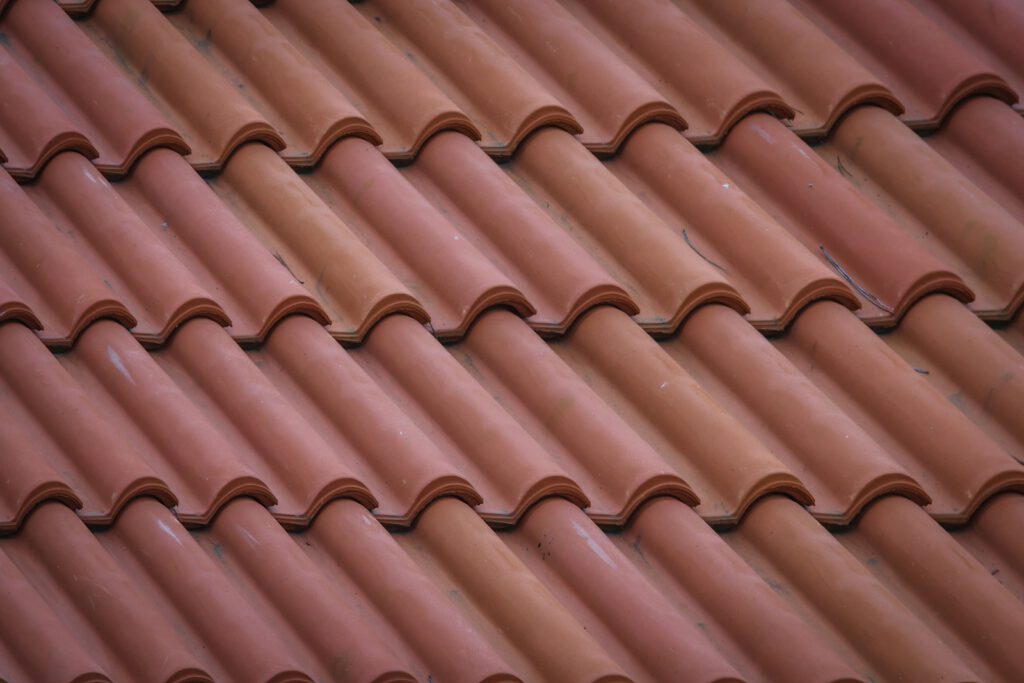
Innovate and Sustain: Exploring Eco-friendly Roofing Options
I. Introduction
A. Importance of eco-friendly practices in roofing
In the current age of environmental awareness, incorporating eco-friendly practices in all aspects of our lives has become essential, and the roofing sector is no exception. The choices we make for our roofs have a significant impact on the environment, making it crucial to opt for sustainable and eco-friendly options. By choosing eco-friendly roofing practices, we can contribute to environmental preservation and create a better future for generations to come.
B. Brief overview of the article’s purpose and content
This article aims to provide valuable insights into the world of eco-friendly roofing. We will explore the concept of eco-friendly roofing, its benefits, various sustainable roofing materials, innovative technologies, and considerations to make while choosing these options. Additionally, we will showcase successful implementations of eco-friendly roofs to inspire individuals and businesses towards a sustainable future.
II. Understanding the concept of eco-friendly roofing
A. Definition and significance of eco-friendly roofing
Eco-friendly roofing involves the use of materials and technologies that minimize environmental impact and contribute to sustainability. By adopting eco-friendly roofing practices, we can reduce energy consumption, improve indoor air quality, and minimize waste in landfills. This approach plays a crucial role in green construction and promotes a healthier and more eco-conscious way of living.
B. Benefits of choosing eco-friendly roofing options
When it comes to roofing, choosing eco-friendly options provides numerous benefits. These options not only contribute to environmental preservation but also offer advantages such as energy efficiency, improved air quality, extended roof lifespan, and long-term cost savings. By integrating eco-friendly roofing materials and technologies, we can create sustainable and resilient structures that align with our commitment to a greener future. Some specific benefits include:
-
Energy efficiency: Eco-friendly roofing materials, such as cool roofs, can reflect sunlight and reduce heat absorption, leading to lower cooling costs and decreased energy consumption.
-
Improved air quality: Certain eco-friendly roofing materials, like green roofs, absorb carbon dioxide and release oxygen, contributing to cleaner and healthier air.
-
Extended roof lifespan: Sustainable roofing options, such as metal roofs or recycled shingles, have a longer lifespan compared to traditional materials, reducing the need for frequent replacements and minimizing waste.
-
Cost savings: Although eco-friendly roofing options may have a higher upfront cost, they often result in long-term savings through reduced energy bills, lower maintenance expenses, and potential tax incentives or rebates.
-
Aesthetic appeal and increased market value: Eco-friendly roofing can enhance the visual appeal of buildings, adding a touch of natural beauty. Additionally, these sustainable features can increase the market value of properties, attracting environmentally conscious buyers.
C. Impact of traditional roofing methods on the environment
Traditional roofing methods often have detrimental effects on the environment. The use of non-sustainable materials and practices contributes to energy waste, landfill waste, and water pollution. Here are some specific impacts of traditional roofing methods:
-
Energy waste through poor insulation: Traditional roofs with inadequate insulation can result in energy loss, as they allow heat to escape during colder months and enter during hotter months. This leads to increased energy consumption for heating and cooling purposes.
-
Landfill waste due to frequent replacements: Conventional roofing materials, such as asphalt shingles, have a limited lifespan and often require replacement every 20-30 years. This results in a significant amount of waste being generated and sent to landfills.
-
Water pollution from runoff: Traditional roofing materials, such as asphalt, can contribute to water pollution through runoff. Rainwater flowing over these roofs can pick up pollutants and chemicals, eventually contaminating water sources.
By transitioning to eco-friendly roofing options, we can mitigate these environmental impacts and create a more sustainable future.
[To be continued with the remaining headings and subheadings…]
